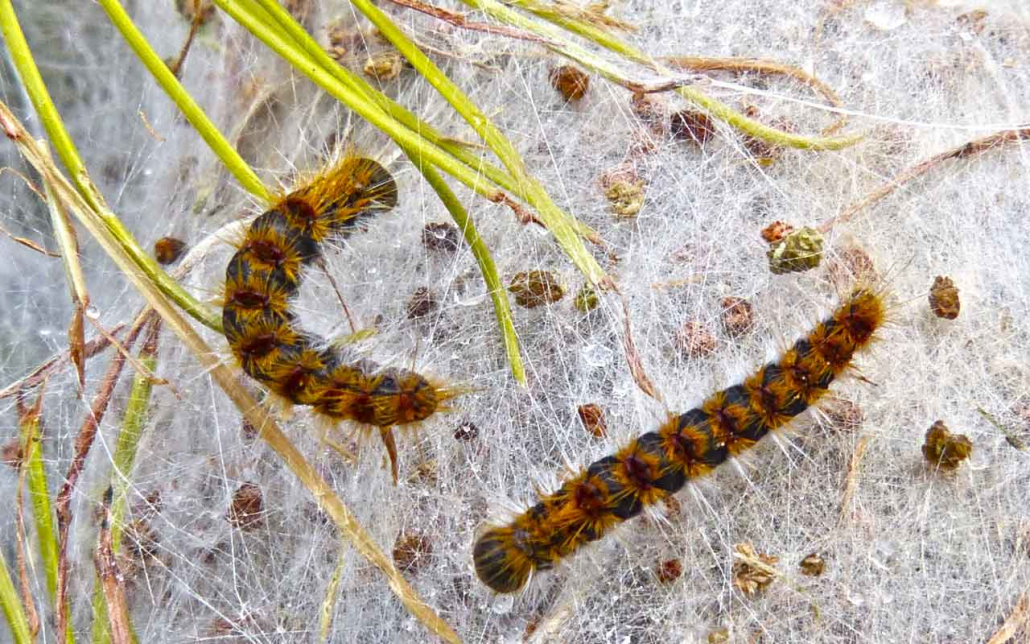Processionary caterpillar: small animal with great danger
Processionary caterpillars are moth larvae belonging to the family Noctuoidea. Dark brown in color with a black head, they are covered with stinging hairs which constitute a veritable military arsenal.
About processionary caterpillars
There are two species of processionary caterpillar namely the pine processionary and the oak processionary.
– The pine processionary lives in the southern regions of Europe. They move in single file on tree branches and only come out at night to feed. Their nest is made of silk and are easily spotted on tree branches. The cohesion of their movement is ensured by tactile contact with the silk hairs of the congeners.
– The oak processionary is confined to the northern regions of Europe. They gather in dense groups on the main branches of the oak. In the spring, they leave their nest under the directive of a female to return to the ground where each of them will burrow to continue its transformation process. Several years will pass before the adult emerges from the ground, the male dies after two or three days while the female survives a little longer to lay her eggs and ensure the offspring of the colony.
Get in direct contact with our professionals to obtain a clear, complete and personalized quote.
The danger of processionary caterpillars
Processionary caterpillars feed on the trees that host them. The pine processionary feeds on the fresh needles of the pine while that of the oak attacks the tender leaves. The damage caused by the processionaries varies according to the intensity of the stand but in general, with regard to the defoliation of trees, they do very little damage.
Processionary caterpillars are covered in stinging hairs that develop during their larval stage. The hairs are very light and fragile and break off as soon as the caterpillar feels in danger and can be carried for miles by the wind. These hairs are real dangers for humans and animals because they contain allergenic substances called thaumetopoein.
In humans, this substance causes the following ailments:
– The appearance of a painful rash with severe itching, the reaction is on the exposed parts of the skin and disperses easily on the other parts of the body by sweat, scratching, friction or through the intermediary of the clothes ;
– If inhaled, the stinging hairs cause irritation of the respiratory tract causing sneezing, sore throat and possibly breathing problems;
In the case of animals licking or touching a caterpillar, the following reactions may be observed:
– Tongue swells and swells with abnormal hardening;
– Without immediate care, the tongue may turn dark or even purple causing necrosis;
In the case of both humans and animals, first aid generally consists of the administration of anti-inflammatories and sometimes infusions and antibiotics.
Our team comes to your home with appropriate treatment within hours of your call for help.
Wrestling Techniques
Processionary caterpillars naturally have enemies: insects, birds, rodents and viruses, but there are other methods to effectively fight against a processionary caterpillar infestation. We distinguish :
– Mechanical control: this involves cutting and burning the tree branches where caterpillar nests are built.
– Biological control: this involves promoting the establishment of parasites and caterpillar predators.
– Phytosanitary treatments: this involves the use of insecticides.
Weeding and incineration seem to be the most effective for small areas if you do not want to use insecticides.
There is no way to permanently get rid of processionary caterpillars, the treatment must be repeated every year. Whatever method you choose, do not take any risks, consult approved professionals who will be able to offer you solutions adapted to your situation. In addition, they have equipment to protect themselves during the operation.

